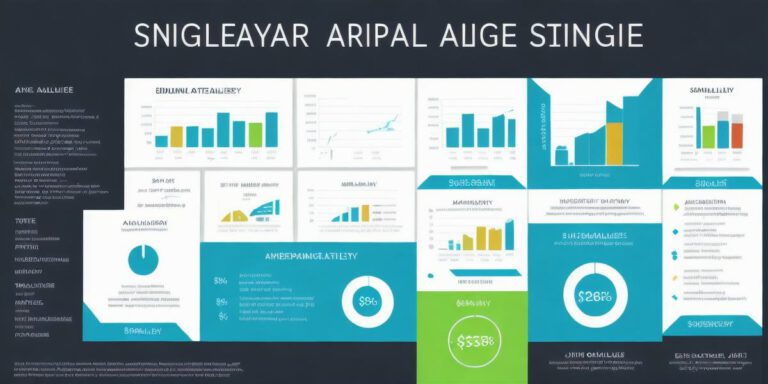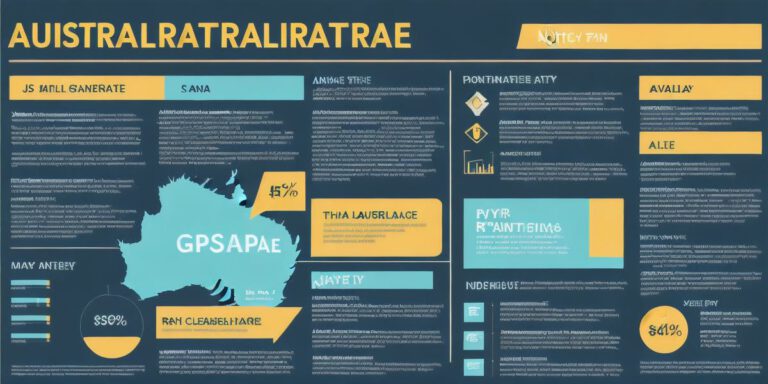Introduction
Dog owners are often concerned about what they’re feeding their furry companions. With so many commercial dog foods on the market, it can be hard to know what’s best for your dog. However, making your own dog food is an excellent option that not only saves you money but also provides numerous health benefits for your dog. In this guide, we will explore everything you need to know about making your own dog food, including the costs involved and the potential health benefits.
Costs of Homemade Dog Food
Making your own dog food can save you a significant amount of money compared to buying commercial dog food. While the initial cost of ingredients may be higher than buying pre-made food, in the long run, you’ll save money on food costs. Additionally, making your own dog food allows you to customize it to your dog’s specific dietary needs, which can lead to fewer vet visits and lower medical expenses.
Health Benefits of Homemade Dog Food
Homemade dog food is a great way to ensure that your dog is getting all the nutrients they need for a healthy life. Commercial dog foods are often loaded with preservatives and artificial ingredients, which can lead to health problems over time. By making your own dog food, you have complete control over what goes into it, ensuring that your dog is getting the best possible nutrition.
Ingredients and Recipes
Making your own dog food can be as simple or as complex as you want it to be. There are countless recipes available online, ranging from basic meat-based diets to more complex formulas that include fruits, vegetables, and other ingredients. Some popular ingredients for homemade dog food include:
- Chicken, turkey, or beef
- Sweet potatoes
- Green beans
* Carrots
- Pumpkin or squash
- Brown rice or quinoa
* Oats
* Eggs
- Yogurt or cottage cheese
- Fish oil supplements
Recipes for homemade dog food can vary depending on the specific ingredients you choose. However, a general rule of thumb is to aim for a balanced diet that includes protein, carbohydrates, and healthy fats. It’s also important to consider your dog’s age, activity level, and any pre-existing medical conditions when creating a customized diet.
FAQs
- Is it safe to make my own dog food?
Yes, making your own dog food is safe if you use high-quality ingredients and follow a balanced recipe. However, it’s important to do research and consult with a veterinarian before making any significant changes to your dog’s diet. - How often should I feed my dog homemade food?
The frequency of feeding homemade dog food will depend on the specific recipe you choose and your dog’s age, activity level, and medical conditions. It’s important to follow a feeding schedule that ensures your dog is getting enough calories and nutrients. - What are the potential risks of making my own dog food?
While homemade dog food can be beneficial for your dog’s health, there are potential risks if it’s not balanced properly or if you use poor-quality ingredients. It’s important to do research and consult with a veterinarian before making any significant changes to your dog’s diet. - Can I use leftover human food in my dog’s homemade diet?
While it’s tempting to give your dog some of your own food, there are certain ingredients that can be harmful or even toxic to dogs. It’s best to stick with a recipe specifically designed for dogs and avoid giving them human food that may not be safe for their health.
Conclusion
Making your own dog food is an excellent way to save money and provide your furry companion with the nutrients they need for a healthy life.







+ There are no comments
Add yours